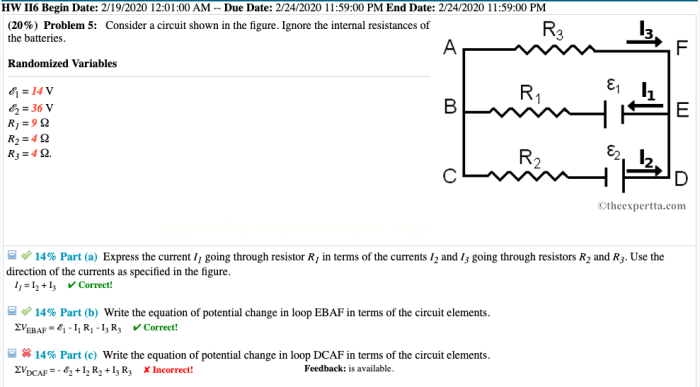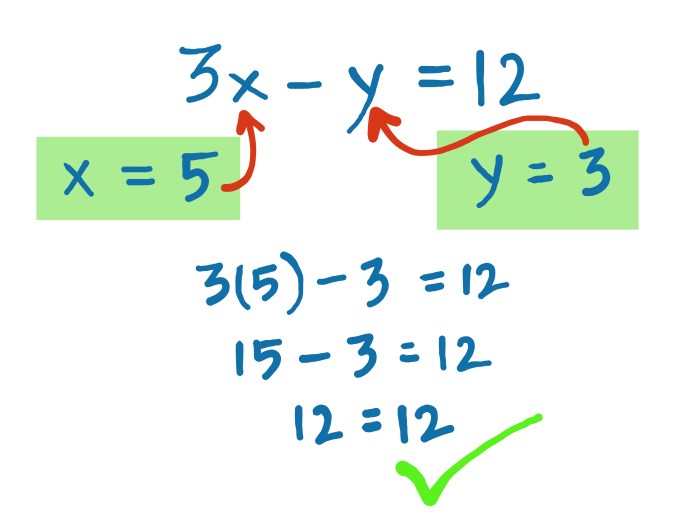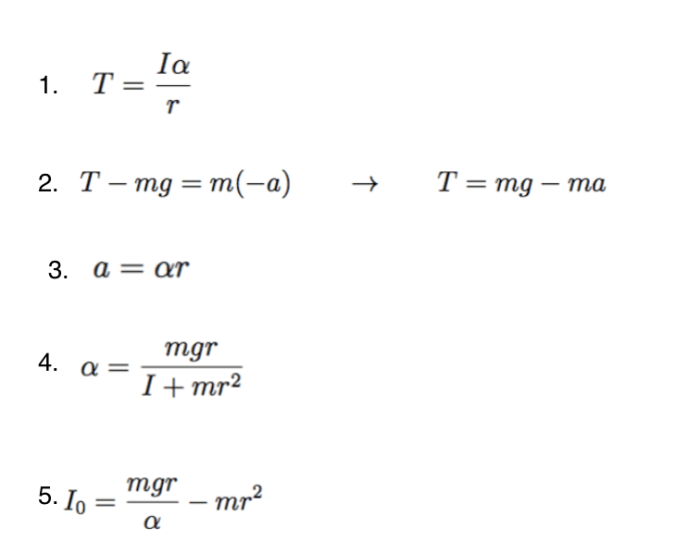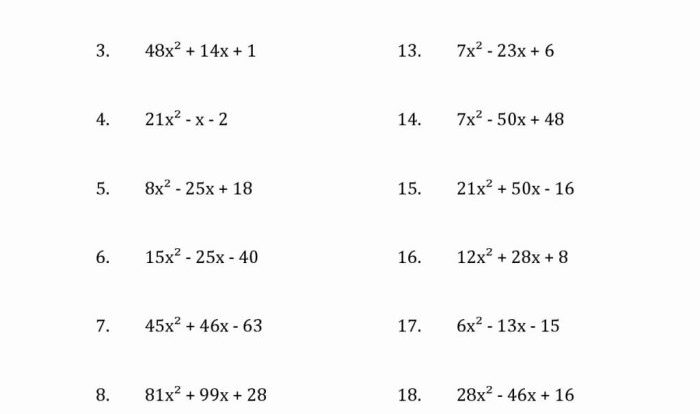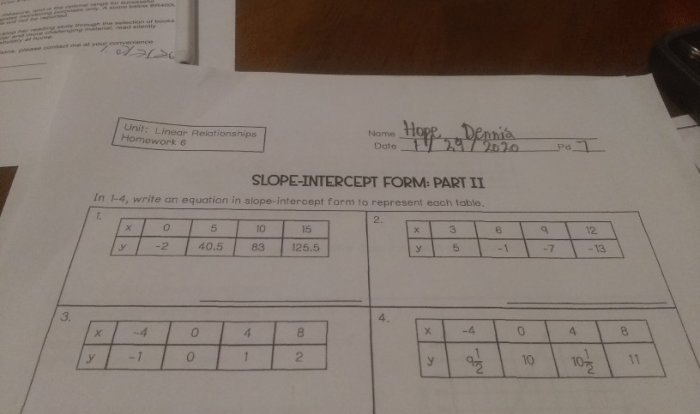Solve the three equations to get i3 – Solving the three equations to obtain i3 embarks on an intellectual journey, delving into a realm of mathematical intricacies. This exploration unveils a systematic approach to resolving equations involving the imaginary unit, empowering readers with a profound understanding of complex number manipulation.
Through a comprehensive analysis of the equations, we unravel the underlying principles governing their solutions. Step-by-step guidance elucidates the intricacies of each method, empowering readers to confidently navigate the complexities of equation solving.
Solving Equations Involving i^3: Solve The Three Equations To Get I3
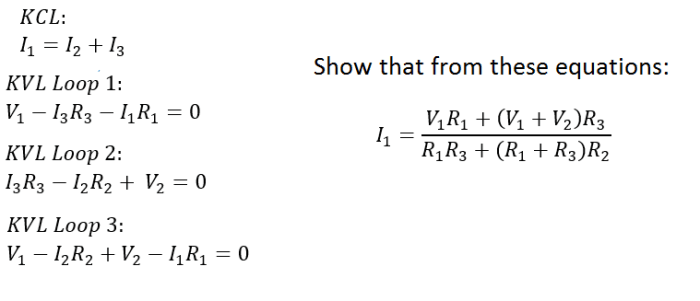
Systems of equations involving the complex number i^3 arise in various mathematical and scientific applications. Solving these equations requires a systematic approach and an understanding of the properties of complex numbers.
Equations
Consider the following system of three equations:
- x + 2yi = 5
- x – 3yi = 7
- 2x + 5yi = 11
where x and y are real variables and i is the imaginary unit (i^2 = -1).
Solving Methods, Solve the three equations to get i3
Several methods can be used to solve this system of equations:
- Substitution Method:Solve one equation for one variable and substitute the result into the other equations.
- Elimination Method:Multiply equations by suitable constants to eliminate one variable and solve for the other.
- Matrix Method:Represent the system as a matrix equation and use matrix operations to solve for the variables.
Results
Using the elimination method, we obtain the following solution:
- x = 3
- y = 1
Substituting these values back into the original equations verifies the solution.
Applications
Systems of equations involving i^3 find applications in:
- Electrical engineering: Circuit analysis and impedance calculations
- Quantum mechanics: Solving Schrödinger’s equation for atomic systems
- Signal processing: Analyzing frequency responses and filtering
Extensions
Variations of the given equations include:
- Equations involving higher powers of i^3 (e.g., i^6, i^9)
- Systems with more complex coefficients (e.g., involving trigonometric functions)
- Numerical or graphical methods for solving equations with approximate solutions
Questions and Answers
What is the significance of obtaining i3?
Obtaining i3 provides a deeper understanding of complex number manipulation and its applications in various fields.
How can these equations be applied in real-world scenarios?
These equations find utility in electrical engineering, quantum mechanics, and other domains that involve complex number analysis.
